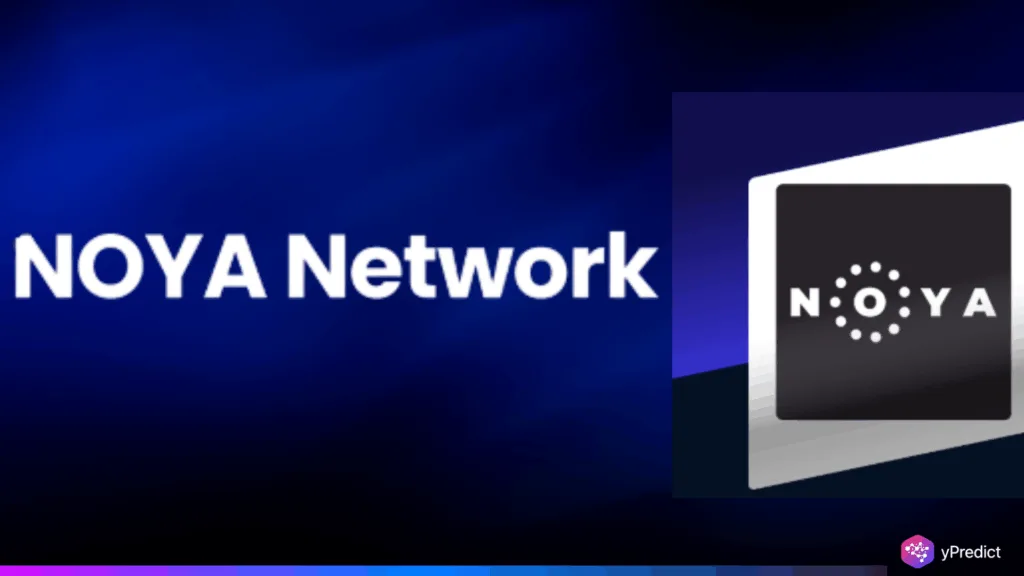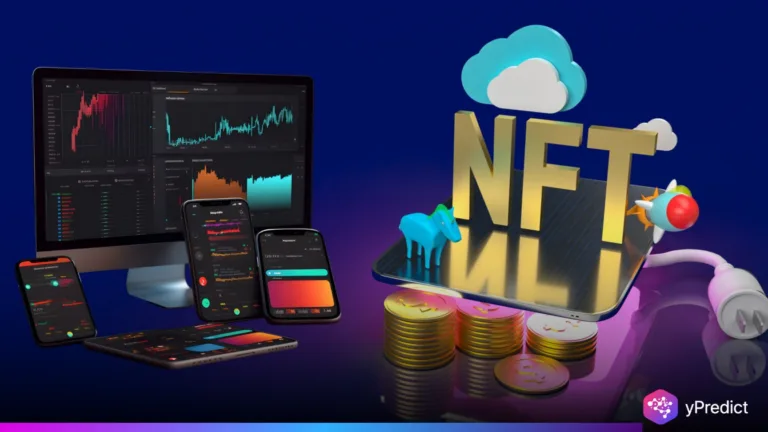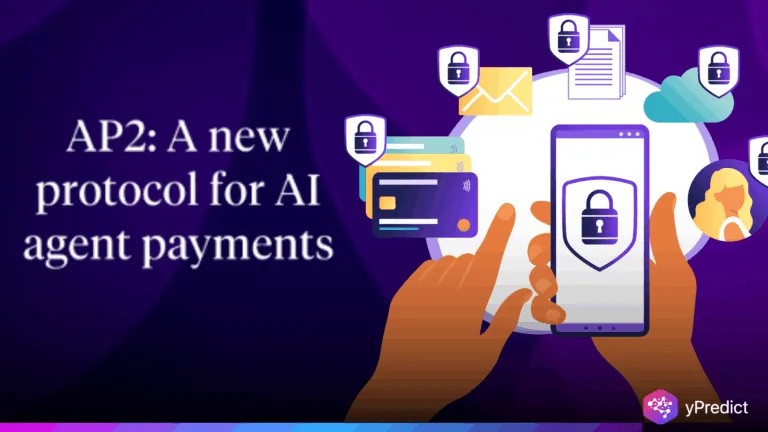
NetworkNoya is reshaping the DeFi ecosystem with its AI-first infrastructure designed to execute asset strategies based on user intent, such as “passive yield,” while ensuring verifiable automation and full on-chain transparency. This marks a shift in how DeFi protocols function, prioritizing intelligence and autonomy over traditional manual strategies.
AI Agents Execute Intent Across Chains
At the heart of NetworkNoya’s system are AI agents that manage crypto assets dynamically across multiple blockchains. These agents respond directly to user-defined intents, executing optimal strategies without manual input. Whether it’s maximizing passive yield or preserving safety, the system continuously analyzes market conditions and routes assets accordingly. This new paradigm in AI DeFi eliminates the need for users to manage transactions directly. Instead, AI interprets goals and acts independently, executing actions like staking, reallocating assets, or shifting between chains.
This AI-led intent routing aligns with a growing trend across DeFi platforms to simplify user experiences. A 2025 Medium report on smart contracts highlights this exact trend. It forecasts a 40% rise in adoption of intent-based AI-oracle systems by 2026, citing increasing demand for automation and reduced user friction.
Verifiable Automation Wins User Trust
NetworkNoya’s architecture prioritizes verifiable automation, automation that users can independently verify on-chain. Unlike black-box AI systems that obscure how decisions are made, NetworkNoya provides full traceability. Every AI-triggered transaction, from asset swaps to chain bridging, is immutably recorded on public ledgers. A 2023 study published in the Journal of Blockchain Research found that 78% of DeFi users actively prefer systems with visible, verifiable automation.
NetworkNoya’s design caters directly to this trust-first user base. By embedding decision logic into publicly auditable smart contracts, the protocol removes ambiguity. Users no longer have to blindly trust the algorithm, they can verify every move. This transparency is a significant improvement upon often opaque middleware or third-party services used by so many legacy DeFi platforms.
Onchain Transparency Reinforces Interoperability
NetworkNoya further overcomes one of the biggest limitations with regard to DeFi: real-time cross-chain synchronizations of data. Legacy oracle solutions often suffer from delays and inconsistencies with the data they supply – particularly between cross-chain networks such as Ethereum, BSC, and Avalanche. In contrast, NetworkNoya leverages AI-oracle layers built for speed and precision. These oracles gather and broadcast data without lag, enabling real-time asset decisions.
Onchain transparency ensures that every data point the AI references is fully visible and traceable. This eliminates blind spots and strengthens cross-chain interoperability. Recent X threads from blockchain developers show growing concern over Chainlink’s data latency in multi-chain environments. NetworkNoya’s on-chain-first, AI-driven approach responds directly to that gap, positioning itself as a serious challenger in the oracle space.
Legacy Models Face Disruption
Legacy oracle providers and static DeFi platforms now face a critical inflection point. Systems like Chainlink and older DeFi tools depend on manual oversight and fixed contract logic. These limitations restrict flexibility and user control, both of which AI DeFi protocols like NetworkNoya aim to dismantle.
By anchoring its framework in AI-driven logic, verifiable automation, and end-to-end on-chain transparency, NetworkNoya challenges existing norms. The shift from control-heavy interfaces to AI-managed strategies represents a broader industry evolution. NetworkNoya doesn’t just automate DeFi, it redefines it. The project exemplifies the next stage of decentralized finance, where intelligence and transparency combine to give users autonomous yet accountable financial tools.






